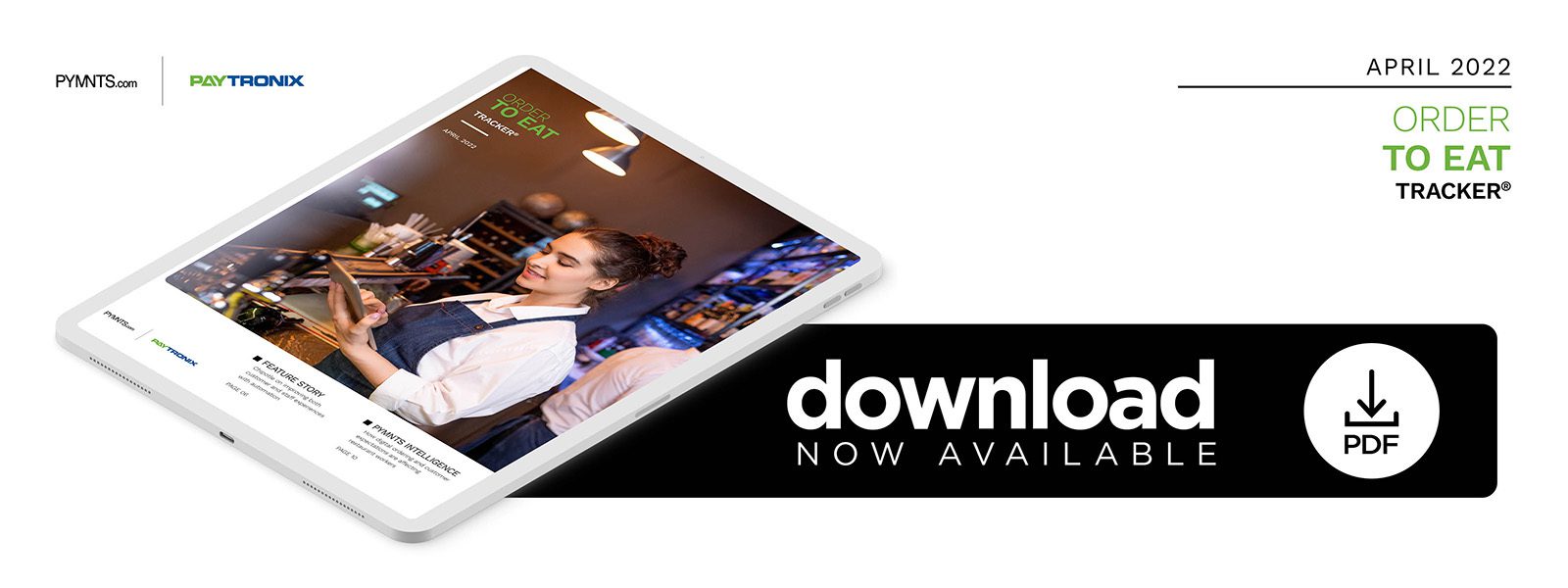Chipotle: Automation Helps QSRs Keep Digital, On-Site Diners Well Served
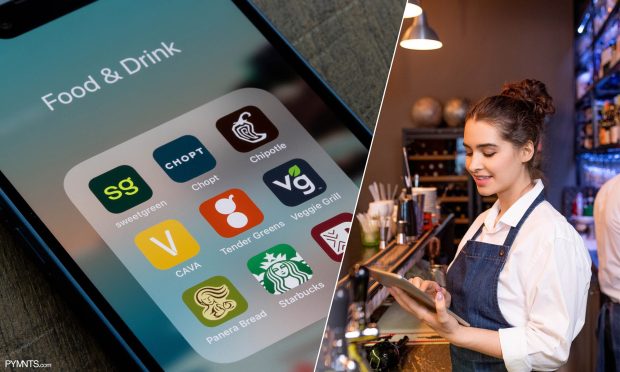
The pivot to digital channels during the pandemic enabled quick-service restaurants (QSRs) and fast-casual chains not only to survive the global health crisis, but to thrive in its aftermath. In fact, online spending at some restaurants increased nearly 200% within the first few months of the pandemic’s onset, and many restaurants are now facing a whole new struggle as digital ordering and delivery show no signs of waning two years into the crisis while restaurants welcome back in-house dining.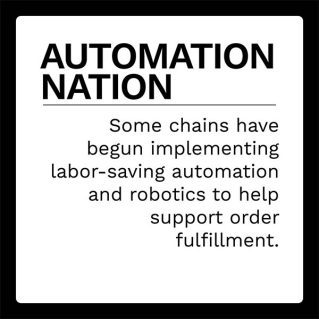
Increased digital order volumes have led to stressed staff as they work to fulfill seemingly endless orders and deal with heightened customer demands amid a national labor shortage. Rising gas prices and supply chain operations have made attracting and hiring delivery drivers difficult. As a result, many chains are experimenting with automated processes and robots that can help out by taking some of the most repetitive and mundane tasks out of the hands of human workers.
In the April edition of the Order to Eat Tracker®, PYMNTS explores how QSRs and fast-casual restaurants deal with industry factors affecting frontline workers and leverage technology to meet increased customer demand and offer a satisfying dining experience.
Around the Order to Eat Space
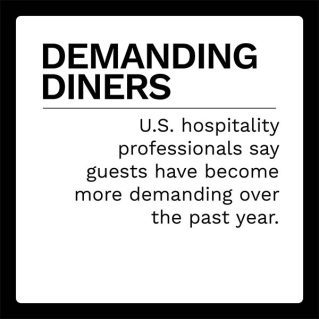 A recent report surveying small business owners found that 66% of restaurants are suffering from the hike in gas prices, primarily because of the added fuel expenses incurred by delivery drivers, as many restaurants experienced higher volumes of delivery business during the pandemic. Fine dining establishments are also expected to take a hit as consumers cut back on spending to offset fuel costs.
A recent report surveying small business owners found that 66% of restaurants are suffering from the hike in gas prices, primarily because of the added fuel expenses incurred by delivery drivers, as many restaurants experienced higher volumes of delivery business during the pandemic. Fine dining establishments are also expected to take a hit as consumers cut back on spending to offset fuel costs.
Ongoing labor shortages will accelerate automation in the restaurant industry as operators struggle to address staff shortages while digital order volume continues to increase. The food service industry workforce is projected to grow by some 400,000 jobs by the end of 2022. Some 96% of operators said they experienced supply delays or shortages of key items last year, a trend that is likely to continue through 2022.
For more on these and other order to eat developments, visit the Tracker’s News and Trends section.
Chipotle Leverages Automation, Robotics to Help Support Digital Ordering Volumes, Labor Shortages
The ability to pivot operations to digital ordering was a lifeline for restaurants in danger of failing, but restaurants are once again faced with a challenge — not only of welcoming customers back into their dining rooms, but also of continuing to fulfill orders for customers who have grown to prefer digital means of ordering and paying for their food.
In this month’s Feature Story, Karla Fiske, director of digital customer experience product management for Chipotle Mexican Grill, talks about how QSRs and fast-casual restaurant chains are using automation to help make their kitchens and frontline operations more efficient while attracting and enticing workers to remain in a high-pressure work environment.
PYMNTS Intelligence: How Current Trends in Digital Ordering and Customer Expectations Are Affecting Restaurant Workers
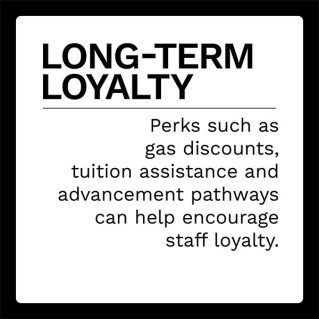 At the start of the pandemic, the pivot to digital food ordering was a lifesaver for the restaurant industry, enabling many eateries to thrive amid uncertainty. Digital orders surged 79% at Taco Bell, 40% at McDonald’s and 29% at Burger King year over year in September 2021, and the trend shows no sign of easing anytime soon. As a result, backed-up kitchens and greater customer demand have resulted in unfulfilled orders and angry customers. Some chains have begun implementing labor-saving automation to help relieve the burden on staff and free them up for more customer-facing tasks.
At the start of the pandemic, the pivot to digital food ordering was a lifesaver for the restaurant industry, enabling many eateries to thrive amid uncertainty. Digital orders surged 79% at Taco Bell, 40% at McDonald’s and 29% at Burger King year over year in September 2021, and the trend shows no sign of easing anytime soon. As a result, backed-up kitchens and greater customer demand have resulted in unfulfilled orders and angry customers. Some chains have begun implementing labor-saving automation to help relieve the burden on staff and free them up for more customer-facing tasks.
This month’s PYMNTS Intelligence takes a close look at how QSRs and fast-casual restaurants are dealing with industry factors affecting frontline workers. It also examines how restaurants are working to meet increased customer demand in a tight labor market while continuing to offer a satisfying dining experience.
About the Tracker
The Order to Eat Tracker®, a PYMNTS and Paytronix collaboration, explores how QSRs and fast-casual restaurants are dealing with industry factors affecting frontline workers. It also explains how eateries are innovating and leveraging technology to meet increased customer demand while continuing to offer a satisfying dining experience.
